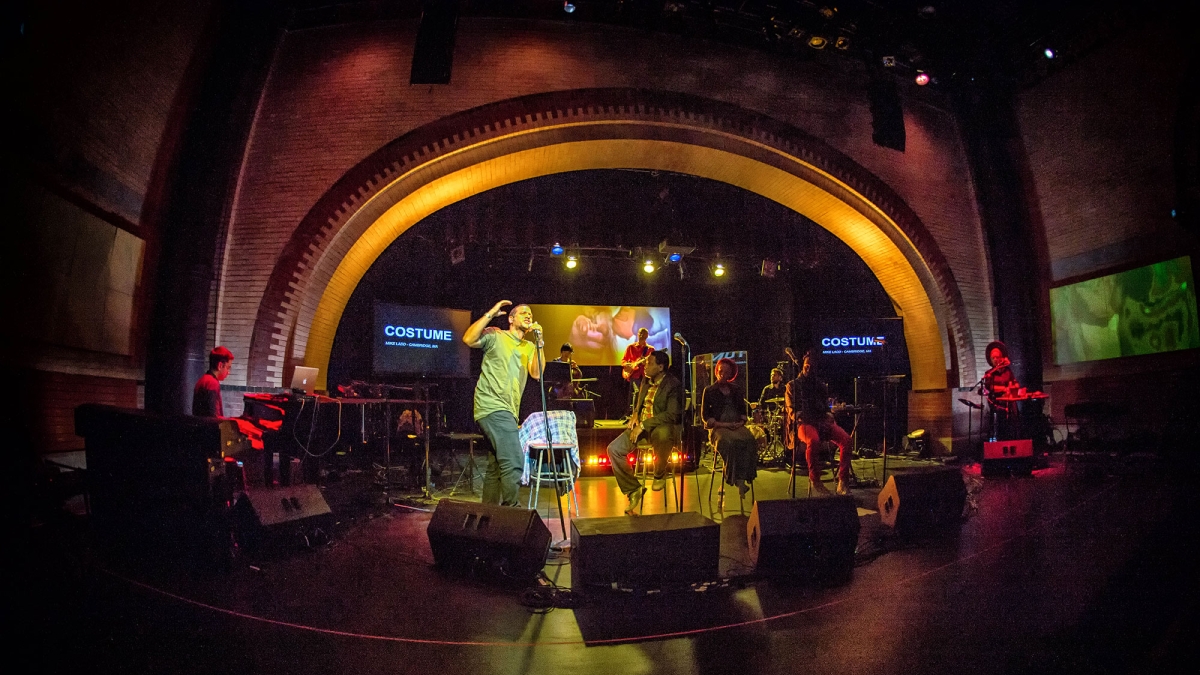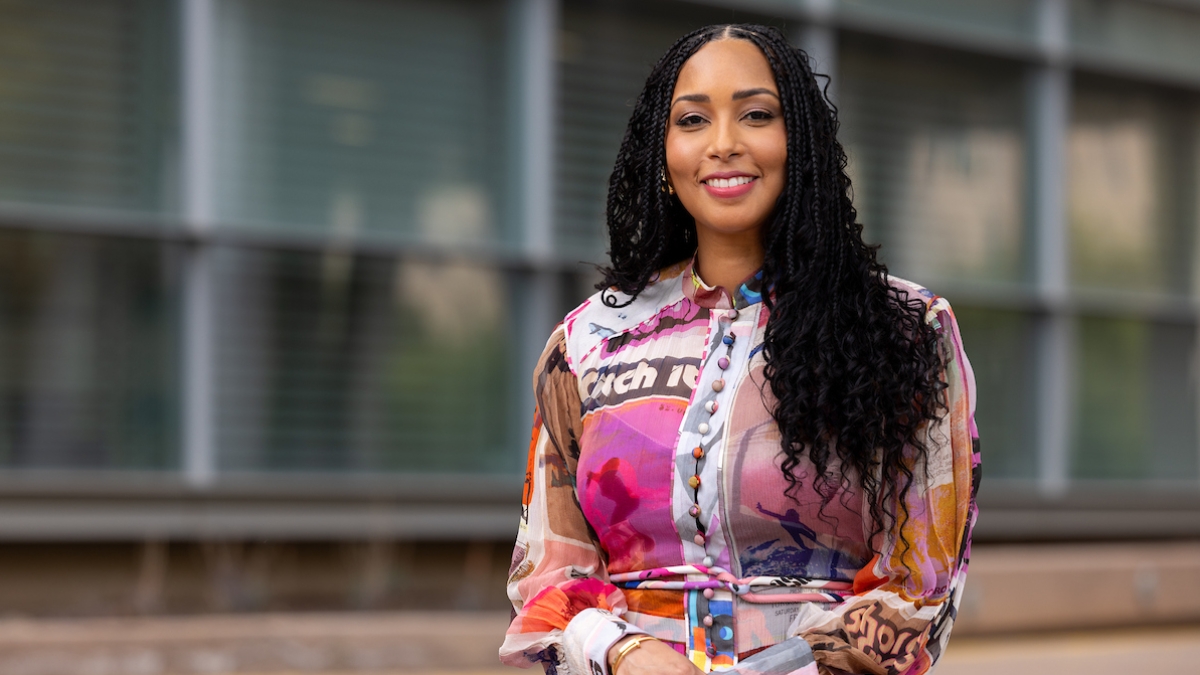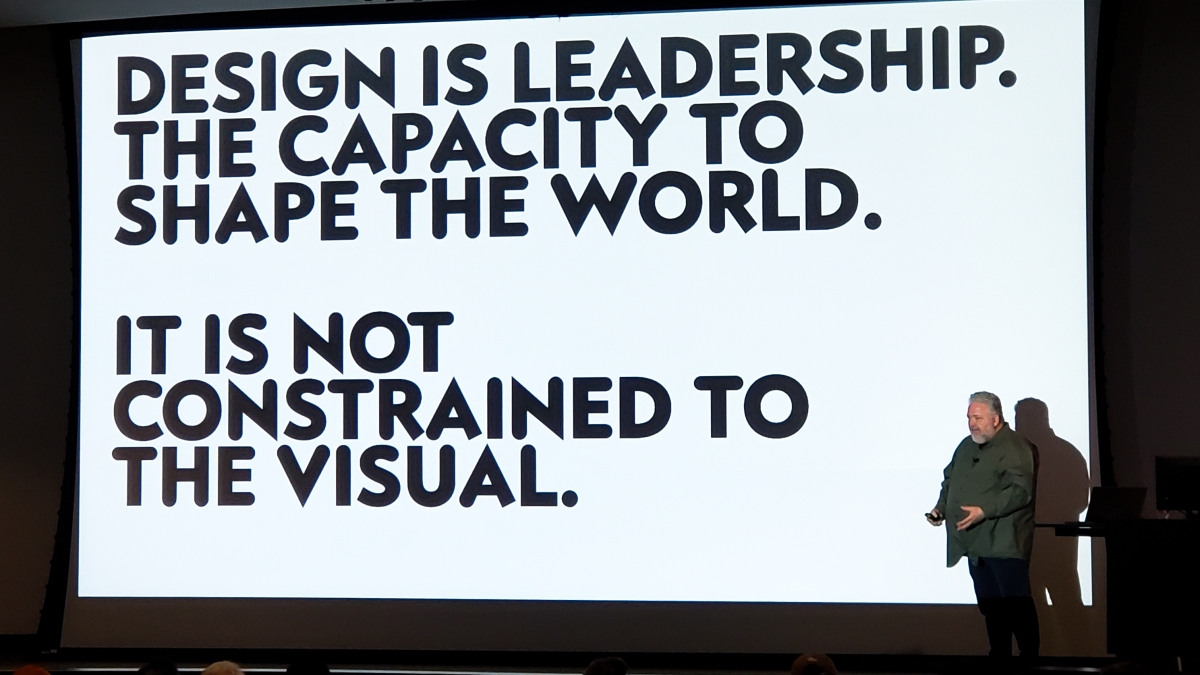Of dreams referred: 'Holding it Down' mixes veterans' war stories with music, poetry

Whether it’s flashbacks to war’s nightmares or the lingering pain of battle injuries, the stories of soldiers bringing their trauma home with them are numerous.
We see these sad tales as regular reports in the nightly news, or building the narrative thread through documentaries highlighting the dark side of war’s other casualties — the walking wounded.
It’s easy to feel sympathy for these veterans. But empathy? That’s not always as simple.
“There’s a notion about soldiers in this country by non-military and civilians — ‘I can’t understand your trauma. I can’t understand your pain,’ ” said Maurice Emerson Decaul, a Marine veteran, poet, essayist and playwright.
That’s where the play “Holding it Down: The Veterans' Dream Project” can help.
A multimedia performance that combines music with the spoken-word poetry/testimonials of minority veterans, “Holding it Down” shares the lived experience of war through the prism of dreams — or nightmares.
“You might not be able to understand how to feel about the way someone feels, but everyone, whether you’re a soldier or not, can relate to dreams,” Decaul said.

Vijay Iyer and Michael C. Ladd
The performance starts at 7 p.m. Friday at ASU Gammage and serves as a buildup to the university’s Salute to Service, which runs from late October through Veterans Day.
Conceived in 2009 by Grammy-nominated composer-pianist Vijay Iyer and poet Michael C. Ladd, “Holding It Down” is an amalgam of approximately 35 post-9/11 veterans’ stories, dreams and aspirations told through an 18-song set of music and poetry.
The themes, imagery, sights and smells summon the horrors of the two wars with muzzle flashes and tracers, burning diesel and open sewers, suicide bombers and insurgents and sand and melting tar.
“Some of the dreams are dark — they just are — but you can’t talk about war and not have troubling images,” said Decaul, who served from 1997 to 2002, including a stint in Iraq. “War is always complex, and I saw some pretty tragic things.”
One of those incidents is recalled in Decaul’s “Shush,” a poem about a 60-ton M1 Abrams tank that accidentally veered through a bridge guardrail and into the Euphrates River, drowning the entire crew.
Former Air Force pilot Lynn Hill adds some levity at the end of the show with her hopeful poem “Dreams In Color,” which mirrors her personal experience as a veteran and drone pilot.
“The subject of drones are such a hypersensitive and complicated topic that I didn’t want to tell anyone I was in the military for a few years,” said Hill, who moved to New York after her stint in the military to pursue an entertainment career.
“I just wanted to be normal and blend in with the masses, and be invisible. I wanted my roses to be red, my violets to be blue, my grass to be green and to see trees. I don’t want life to be black and white or green, which is what the military wants you to see. I want it to be full of colors and hues.”
Aiding in the construction of that bridge of understanding between veterans and civilians is a Q&A session following the “Holding it Down” performance.
“While it’s true that only a very small part of the population serve in the military, we know there are many who are attached to those people,” Decaul said. “We don’t care if the audience is military or civilian. Our hope is to simply connect with people and open up lanes of conversation.”
More Arts, humanities and education

'Devils in the Metal': ASU vet leads iron cast workshop for former service members
Bruce Ward believes everyone has a symbol of strength or resilience, and they have an obligation to find it. His happens to be a paper crane in an ocean wave. “It’s the idea that we are the…

ASU English professor wins Guggenheim Fellowship for poetry
The awards — and opportunities — keep piling up for Safiya Sinclair, an associate professor in Arizona State University’s Department of English. In mid-April, Sinclair received one of 188 Guggenheim…

Designer behind ASU’s brand named newest Herberger Institute Professor
Bruce Mau, co-founder and CEO of the Chicago-based holistic design consultancy Massive Change Network, has joined Arizona State University’s Herberger Institute for Design and the Arts as its newest…